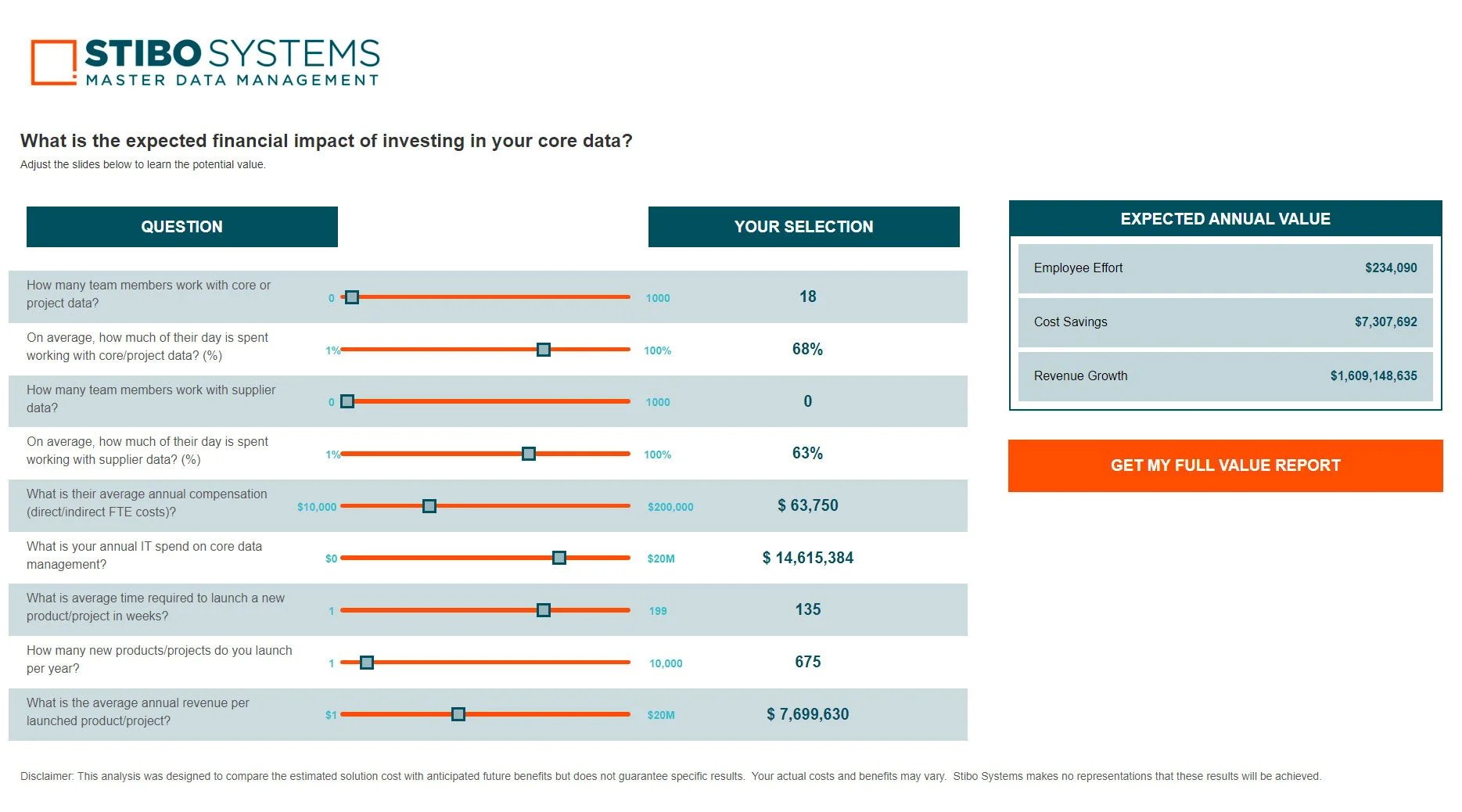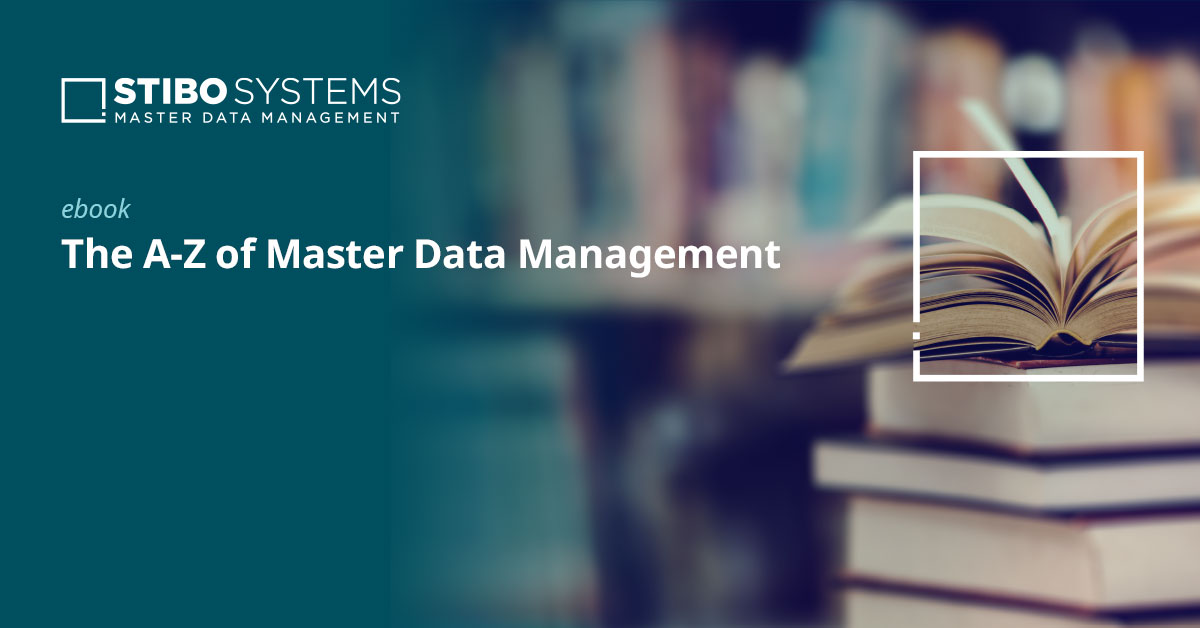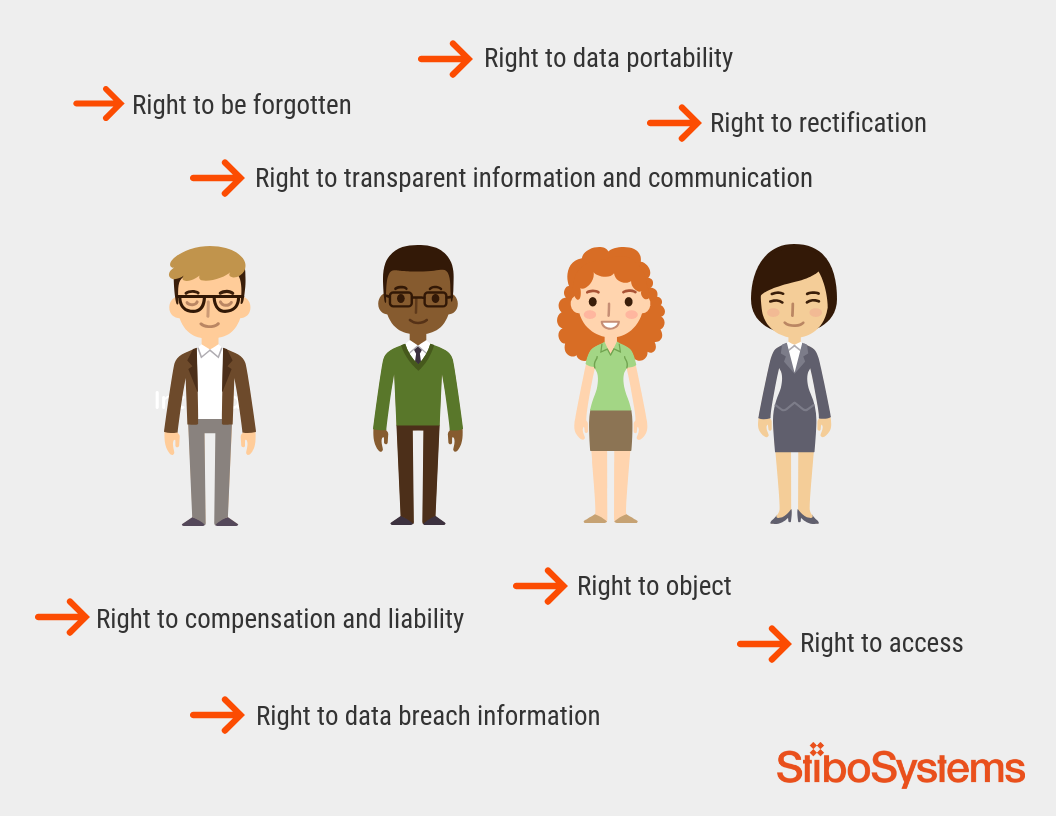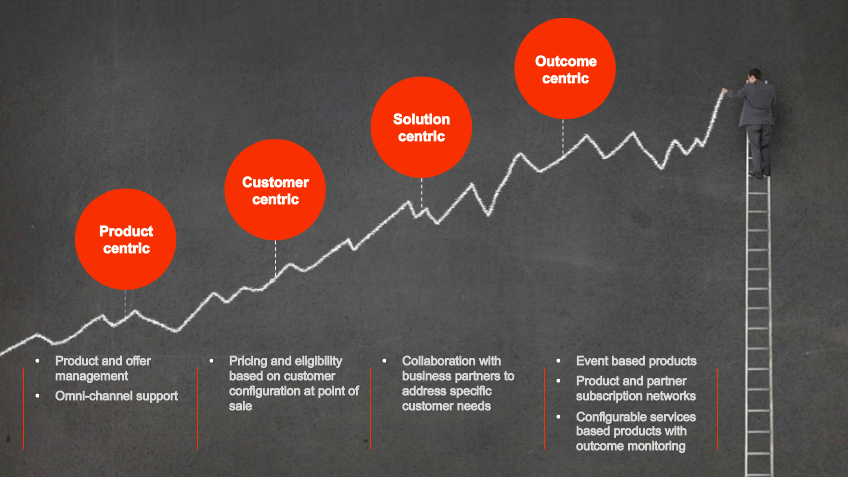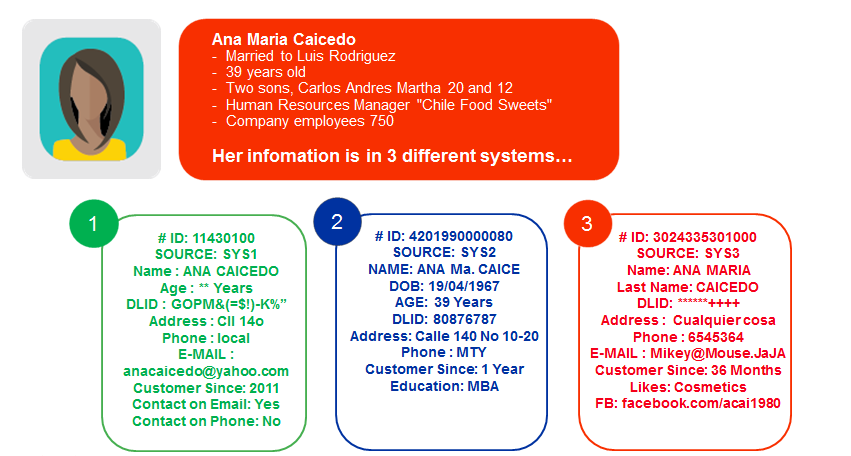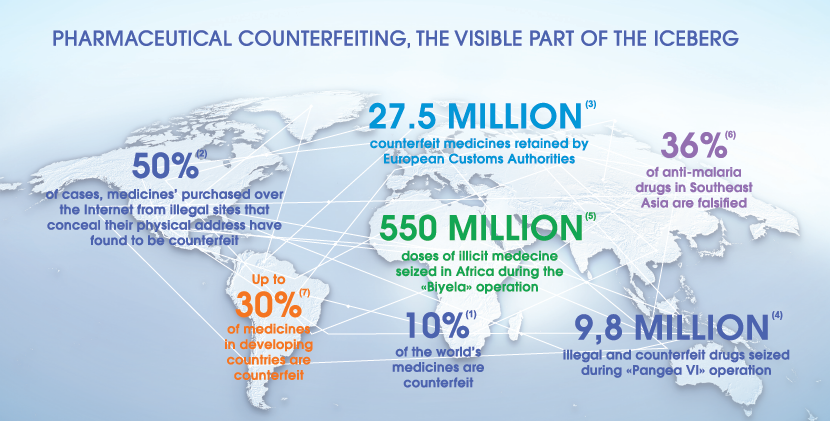Application Data Management is increasingly gaining popularity as the number of applications rises
If, like me, you have worked in the technology industry for many years, you’ve likely heard more times than you can remember that islands of information are major obstacles to business productivity. Siloed data is to be avoided like LA traffic and convenience store sushi; and “sharing is caring,” especially when it comes to empowering enterprise-wide processes and workflows.
However, the one constant throughout my career has been change. So, it’s no surprise that even this seemingly unassailable maxim could not forever withstand the rigors of time. After all, the more data that is shared across applications, the more complex it becomes to ensure its consistency, accuracy and security. As a result, effectively and securely managing the increasingly vast amounts of data across an organization can be complicated and expensive. This is precisely why master data management (MDM) was developed some years ago … and why application data management (ADM) is increasing in popularity today.
Although similar in many ways, there are key differences between these competing, and often complementary, disciplines. In this article, I endeavor to define these differences and why you should care.

What is Master Data Management (MDM)?
According to the leading industry research firm Gartner, master data is simply “data with the fewest attributes that uniquely identify objects such as customers, products, assets and locations that are widely shared and used across all the major business processes of an organization.” Master data management is the technology-enabled discipline that helps business and teams work together to ensure this master data is uniform, accurate and semantically consistent across these processes.
Consolidation of data
Master data management has been employed by organizations in diverse industries such as manufacturing, distribution, retail, healthcare, insurance and financial services to achieve a single view of their master data – a “single version of the truth,” if you will. As digital business initiatives have continued to grow in these industries – greatly expanding the volume, variety and velocity of data – the requirement for consistent data to be presented across multiple systems has grown as well. For example, manufacturers of consumer products must ensure that the product information published in their catalogs is consistent with data on their website, as well as on Amazon, Walmart and other online retail sources. Retailers in turn must know that customer “M. Swanson” in their shipping records is the same customer, “Mary Swanson,” in their billing system and have an accurate address for Mary in both applications.
The benefits of master data management are numerous. It has helped Advance Auto Parts increase the number of parts handled by 64% while decreasing returns 7%. It helped the Kellogg Company provide seamless brand experiences, quicker product introductions and a single, global version of the truth.
Ensuring data accuracy
Clearly, every organization should manage all their reference data with master data management, right? Not so fast. Some data does not require sharing with multiple systems; in fact, most data across typical organizations is only used by a single application, such as ERP, CRM or supply chain management. Therefore, master data management may not be necessary in these instances, as each of these applications is designed to manage its own data. Even so, in an increasingly digital world, there must be policies and procedures in place for managing this data to ensure its accuracy, effectiveness and security. Yet, most, if not all, of these applications offer no true information governance or stewardship capabilities. This is where application data management comes in.
What is Application Data Management (ADM)?
According to Gartner2, “Application data management is a technology-enabled business discipline designed to help users manage and govern the application data required to operate a specific business application or suite (such as for CRM, ERP or supply chain management [SCM]). Such data may include customer master data, product master data (that is, a copy of the master data), and other data used by the application or suite. It is implemented within the context of a specific application or suite (there is, for example, application data management for ERP, and application data management for SCM), so it typically uses the same persistent data and data model as that application or suite, and the master data is not governed for use in other applications or suites.”
Application data is 90% of your company's reference data
While master data plays a core role in ensuring the necessary consistency for corporate-wide analytics and reporting, it represents only around 10% of most organizations’ reference data, by some experts’ estimation. Application data makes up the other 90% of data that is not shared outside a specific application or suite, or not shared quite as widely as master data. For example, an ERP application manages data associated with products and customers. These objects are the ERP’s application data, which may be shared with a CRM, for example, but not broadly disseminated across multiple systems. The attributes of the objects (e.g., the description and size of products or the name and address of customers), which must be consistent across multiple systems, are the associated master data.
Application data management has seen increasing popularity recently, due to the need to provide information governance and stewardship for even application data as organizations expand their digital transformation initiatives. You can be forgiven for assuming that the application vendors incorporated these capabilities into the applications themselves; most of us do. But, this is not always the case.
Do I need Master Data Management or Application Data Management?
So, which of these disciplines is right for your organization? The answer to this question is likely “both.” The two disciplines serve distinctly different, although often complementary, purposes. In order to determine which one(s) you need for your specific requirements, and where, you can weigh the following four “Cs”:
1) Complexity of governance requirements
Because master data management and application data management serve different purposes, they have different governance requirements. Winshuttle, a vendor that specializes in providing application data management for SAP’s ERP packages, explains: “Master data requires rigid centralized governance because many different processes rely on it. You need to define global standards and deploy tools and processes that can keep this data replicated across the enterprise. On the contrary, application data is best governed at a local level where people have the business context and subject matter expertise to manage their own data. Hence, there is typically a need for more flexibility and more business-friendly tools.”
2) Change frequency
Different types of data change at different rates of frequency. Information such as a person’s name or title, for example, changes infrequently; while transactional data such as billing information may be updated quite regularly. An article in InfoWorld outlines the difference: “Information that slowly changes dimensions is considered master data and is kept in a separate database with information about these small, slow changes over time. The more rapidly changing application data is transactional – information like a person’s income or a business’s revenue. It changes all the time (like every quarter) and is kept alongside customer information. Though it’s not master data, a business still wants to master it.” For the slow changing dimensions, master data management is the best choice; while application data management can provide the required governance and stewardship necessary for the rapidly changing application data.
3) Cost
As it is a consideration in practically every technology purchase, you knew it had to be included in this list. Cost, or more specifically, “value” is and should be of primary importance in these decisions. As master data management covers a broader swath of data sources across the organization, it should be no surprise that the associated cost (as well as effort and complexity) of a master data management implementation is likely to be greater than application data management. However, so is the potential to drive transformative value to the organization, leading to greater return on investment in the long run.
4) Compliance needs
Today it is more important than ever to pay close attention to the specific security considerations, laws and regulations applicable to certain types of data within specific geographic boundaries. The General Data Protection Regulation (GDPR) rules from the EU have created a raft of new rights for private citizens. This fact makes the necessity for robust governance capabilities for both application and master data increasingly important.
Where to find your Application Data Management
Regardless of where your needs fall today in terms of effectively and securely managing the increasingly voluminous and diverse data across your organization, chances are the challenges are not going to get any less complex going forward. The good news is that there is a variety of options from which you can choose to meet these challenges. Some large ERP vendors are beginning to drive application data management capabilities into their applications, while smaller best-of-breed application data management vendors are available to fill in the gaps where ERP solutions fall short. And, of course, master data management software providers like Stibo Systems offer comprehensive, flexible and scalable solutions to meet practically any organization’s master data management (and some application data management) needs.

